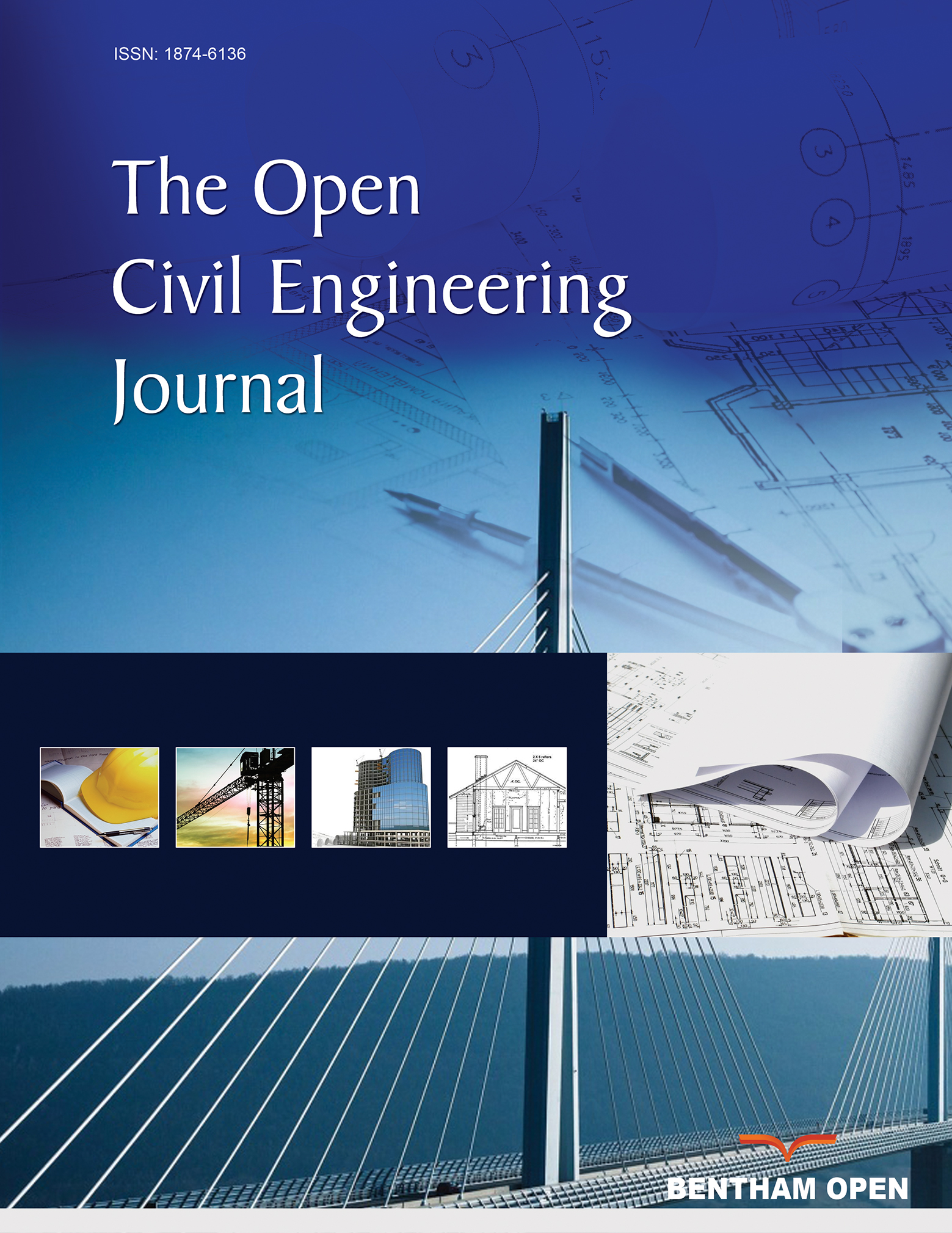All published articles of this journal are available on ScienceDirect.
Improvement of Flexural and Compressive Strength of Cement Mortar by Graphene Nanoplatelets
Abstract
Background:
In order to provide space for improving the durability of engineering structures by enhancing strength, the addition of nanomaterials has become a research trend in recent years. Graphene and its derivatives have unique properties and have been used in certain fields, which has also stimulated continuous and in-depth research on whether it can improve structural strength.
Objective:
This paper investigates the mechanical properties and mechanism of cement-based materials reinforced by Graphene Nanoplatelets (GNPs).
Methods:
Macroscopically, the flexural strength and compressive strengths of cement mortar were tested. Microscopically, the structure and composition were characterized and analyzed by SEM, EDS, and XRD.
Results:
The results show that the mechanical properties of modified cement mortar are directly related to the GNPs content. When the GNPs content is 0.04wt%, the flexural and compressive strength can still be increased by 12.8% and 33.9% after 28 d. Furthermore, the appropriate content of GNPs dispersed in the cement matrix played a role in promoting cement hydration. The interconnection with hydration products further reduces cracks and pores so that the cement composites form a denser microstructure.
Conclusion:
The results obtained above would provide references for understanding the reinforcement mechanism of GNPs.


